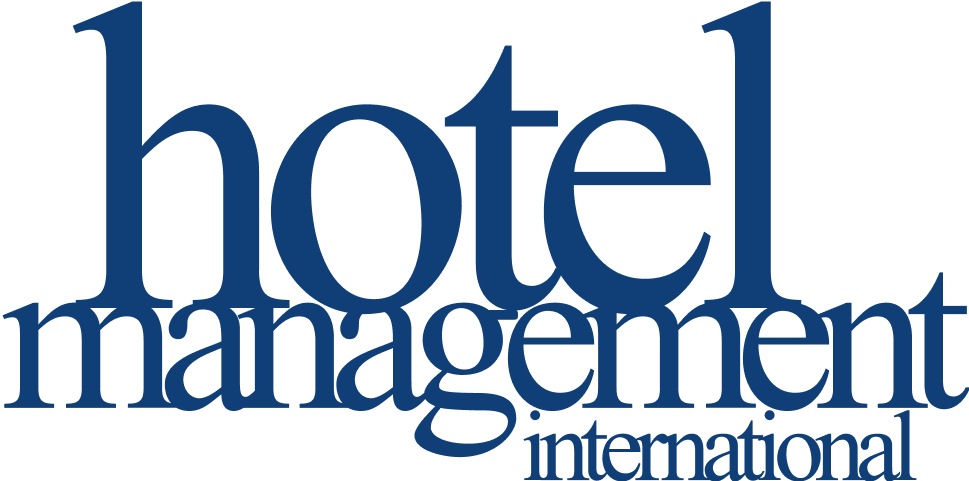Kari’s Law requires all phone systems to allow users to dial 911 directly, with or without a prefix, and must report the “Dispatchable Location” of the caller to a location likely to be staffed. Section 506 of the RAY BAUM’S Act requires that all 911 calls include the “Dispatchable Location” of the caller as additional information provided to the 911 center with the call.
The published summary goes into further details of each of these laws and the effects they have on hospitality, including their distinct requirements and different enforcement dates. The responsibilities for multi-line telephone service (MLTS) manufacturers, resellers/installers and owners/operators is also provided in the document.
"This HTNG effort on clarifying the new 911 laws is critical for all hoteliers as it relates to safety and security of guests and associates as well as first responders,” said co-chair Lasse Norgaard-Larsen of Marriott International, Inc. “We are delighted that HTNG has produced this valuable summary for our industry."
After analyzing and explaining these laws, HTNG’s workgroup concludes that the compliance requirements for Kari’s Law are clear and concise. However, the separate requirements for the RAY BAUM’S Act still need to be deciphered further to ensure all parts of the law are interpreted correctly by the industry as a whole.
"While Kari's Law had clearly defined requirements, the ambiguity of the term 'Dispatchable Location' with RAY BAUM'S Act has caused several industry partners and hoteliers to seek clarification from HTNG," said co-chair Frank Melville of Phonesuite. "Partnering across the industry and also with NENA (National Emergency Number Association) will help add clarity and uncover current and upcoming technologies to allow hoteliers and PBX manufacturers to better understand the requirements."
Following publication of this 911 laws summary for hoteliers, the next steps for the HTNG 911 Location Communication Workgroup include continued joint effort with NENA to gain more clarity on the areas of the RAY BAUM’S Act that are still in the unknown. The group will then publish information on present and future technologies to ensure compliance, as well as an updated summary once the remaining unknowns are better explained.





